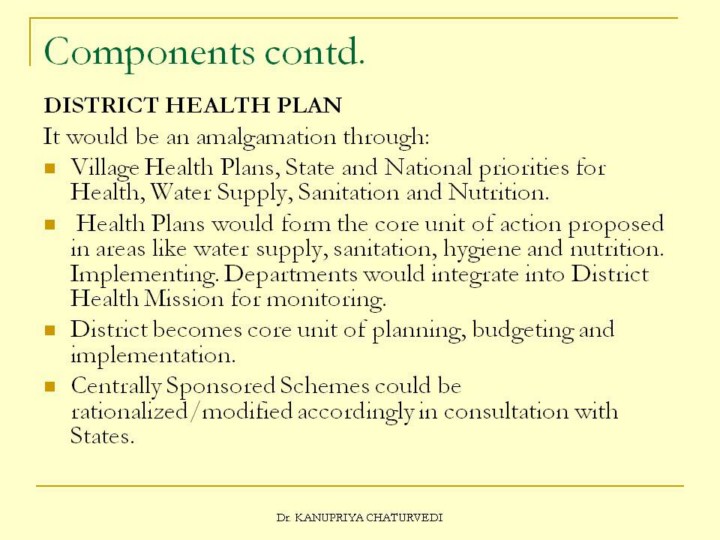| front |1 |2 |3 |4 |5 |6 |7 |8 |9 |10 |11 |12 |13 |14 |15 |16 |17 |18 |19 |20 |21 |22 |23 |24 |25 |26 |27 |28 |29 |30 |31 |32 |33 |34 |35 |36 |37 |review |
 |
Historically the district, in some form or the other has been the most important unit of administration in the Indian sub-continent. The population covered by a district may range from 20- 30,00,000. India has 28 States and 7 Union Territories: There are total 626 Districts In most of the States, the District Collector was the head of the government at the district level, responsible for a diverse portfolio of functions ranging from delivery of essential services, land revenue administration, execution of rural development programs, disaster management, maintenance of law and order and collection of excise and transport revenue. As such, virtually all the instruments of the State Government that operated at the local levels did so in conjunction with the Collector’s office either formally or informally. In this regard, structurally diverse arrangements were built up over time. The relationships and reporting structures range from the Collectors undertaking broad oversight/supervision of the activities undertaken by line departments- to specific day-today management of some services.
|